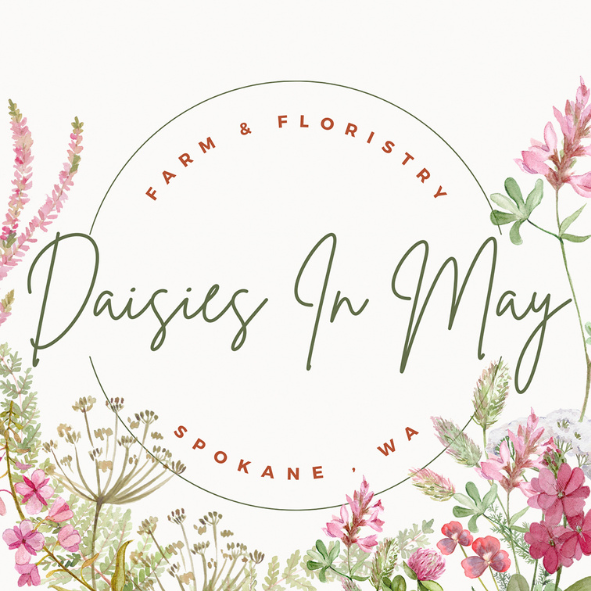Cut Flower FAQs: Keep Your Blooms Looking Fabulous
You’ve invested in gorgeous flowers—now, let’s make sure they stay stunning for as long as possible! Here are some pro tips to help your blooms go the distance.
1. How do I make my cut flowers last longer?
A little prep goes a long way! Trim stems at a 45-degree angle (so they can drink up more water), strip off any leaves that would sit below the waterline (to prevent bacterial growth), and always start with a sparkling clean vase. Fresh water + flower food = happy flowers. Swap out the water every couple of days, and keep them away from direct sunlight or heat sources.
2. Which cut flowers last the longest in Spokane’s climate?
If you want longevity, stick with blooms that thrive in our local conditions. Tulips, Peonies, Zinnias, Dahlias, Sunflowers, and Marigolds are all rockstars in Spokane. Lucky for you, our farm specializes in these beauties!
3. Do I need to care for locally sourced flowers differently than store-bought ones?
Locally grown flowers are often fresher (which means they last longer!), but they still need a little TLC. Give them a fresh trim, pop them into clean water, and keep them away from heat and direct sun. Bonus: Buying local means you’re getting the best blooms for your buck!
4. Are there eco-friendly tricks for keeping flowers fresh?
Absolutely! You can skip the commercial flower food and try natural alternatives like aspirin, apple cider vinegar, or even a splash of vodka in the water to fight off bacteria.
5. Help! My flowers are wilting. Can I save them?
Don’t panic! Give those droopy blooms a second chance by submerging the whole stem in lukewarm water for an hour or two. Then, recut the stems and place them back in fresh water with a little flower food. You’ll be amazed at the comeback!
With a little love and care, your flowers will stay fresh and fabulous for days to come. Happy arranging!
